On Luna Paiva’s “Memorias Herméticas”
Andrew Berardini
Even if the meaning of ancient totems disappeared, their meaningfulness has not. A human hand altering nature with purpose, these ancient stacks of stones mark a path or honor a god, measure the stars or memorialize war. We can’t really know for sure. Stand in the shadow of a megalith and you feel its force, an ancient energy still at work, blunted by our ignorance but no less powerful in its shifted mass. We know it means something important, even if we’ll never know precisely what. In stone cairns scattered across a planet, we find evidence of our ancestors, a simple shape we still make in the few wildernesses we have left. It is a basis of communication and expression with material, the beginning of sculpture.
Here these sculptures stacked by Luna Paiva angle with their own obscure and powerful spirit. Much like their ancient inspiration, her cairns do not easily reveal their secrets. We can glean some history of humans, the subtle properties of metals at work, how they learned to shape them. We can feel their rough and towering presence. Their mystery is their power.
Cast in bronze, Luna’s shimmering totems take on the aura of their material. Tooled and statued, formed and fetished, the casters of idols and statues prefer bronze for its particular properties. Composed of copper and usually tin, the ductile and enduring bronze when setting expands just slightly to fill a mold’s finest details. It can be poured into grand and dynamic poses. The finish of patinas can make that metal turn a hundred chemical colors, transform cold hard metal into supple flesh with fresh bruises and stained blood, give the static statue the illusion of shifting movement and coiled animal grace. A perfect material to shape and tribute the gods.
The cults are gone, the idols desecrated. Very few of the most beautiful of the ancient bronzes survive. The body of the god boiled into weapons and money. So go all religions. Many a bronze crucifix has melted into the belly of a cannon, the pocket of a priest. But the metal of many uses persists and is used again, bending to each new need. And just as easily bent back.
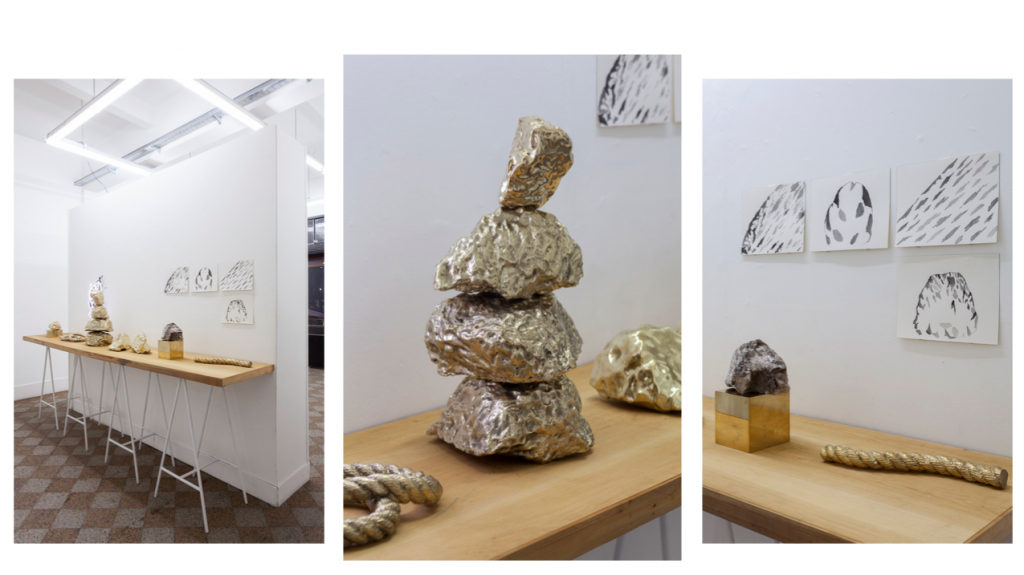
Bronze’s primary component, copper still moves the flows of energy across continents, linking house to house, station to station. A bringer of Luciferian light, lace it together into the electrical grid and this metal illuminates modern life, turning shadowy cities into bejeweled circuitboards. This power makes Aphrodite’s element essential for modernity and more than one landscape has been despoiled to satisfy a mechanized world’s gluttonous and irreparable desire for more. Ever a medium to what lies beyond, a pure attraction of energy across space and time that cannot linger, tensile and conductive, copper bends and carries but does not keep. The lust that shivers through it dissipates in consummation with other metals, but alloyed it births the powerful bronze and the all the expressions that artists can shape with it. Bronze endures. The burnished brown whispers origins we’ve since forgotten, but that survive in this alloy.
As history passes into legend and myth before its forgotten, only a few artifacts remain to teach us the tales of our ancestors and how we came to be. In these ancient structures renewed, Luna entices us to try and follow the mysterious trajectory that brought us from there to here, and even maybe further yet.
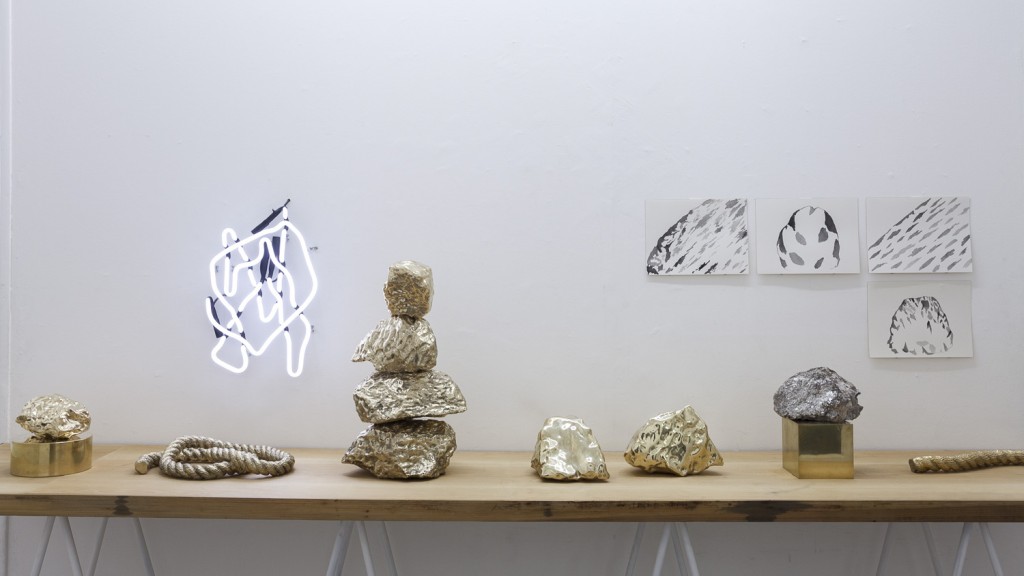
* *
“Memorias herméticas” is currently on view at Gallery SlyZmud in Buenos Aires.
Images: Javier Agustín Rojas for SlyZmud
[ + bar ]
Dragon in Clouds
Juan Carlos Mondragón translated by Leah Leone
Until the middle of the afternoon of the day before yesterday, I thought I had a good angle for the article I... Read More »
The only happy ending for a love story is an accident (excerpt)
Victoria Redel
BOTTOM LINE
As when my father goes back under and the doctor comes out to tell us he’s put a window in my father’s heart.
At last! The inscrutable years... Read More »
Good Enough for Jesus
Russell Scott Valentino
“If English was good enough for Jesus, it’s good enough for me.” —Texas Governor “Ma” Ferguson (apocryphal)
He doesn’t want to say the wrong thing. Who knows what... Read More »
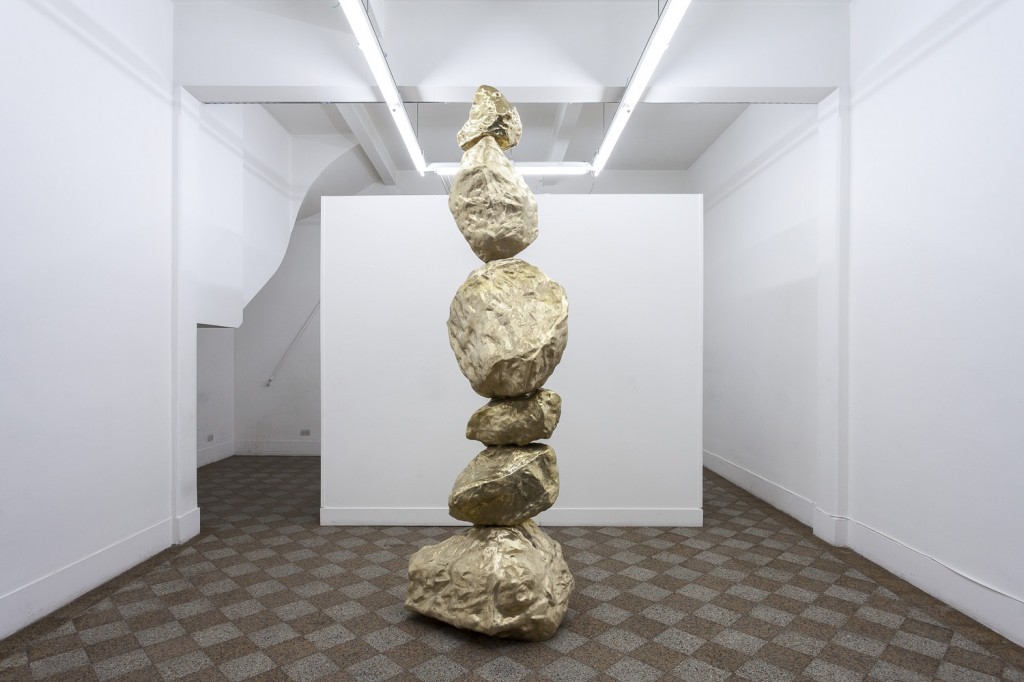
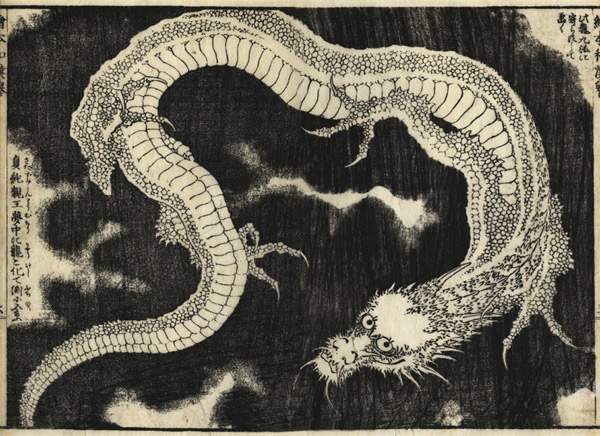
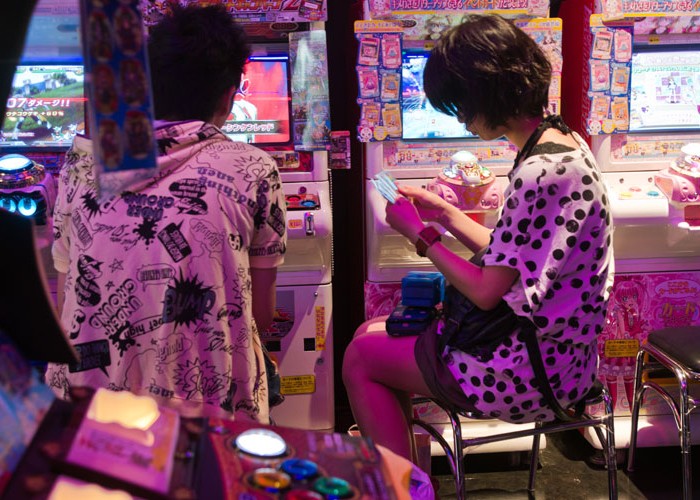
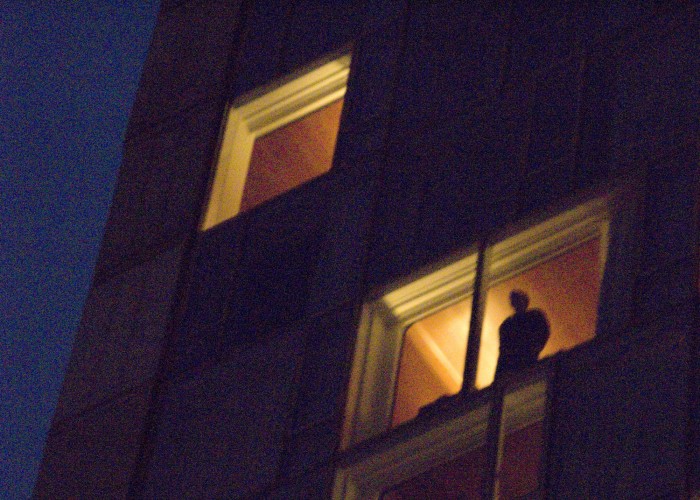
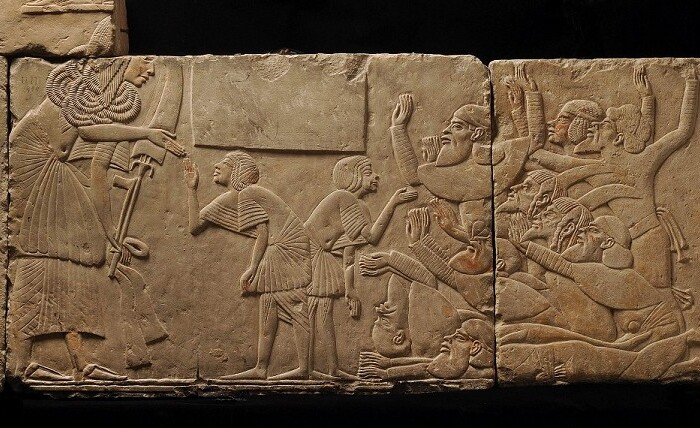



 sending...
sending...